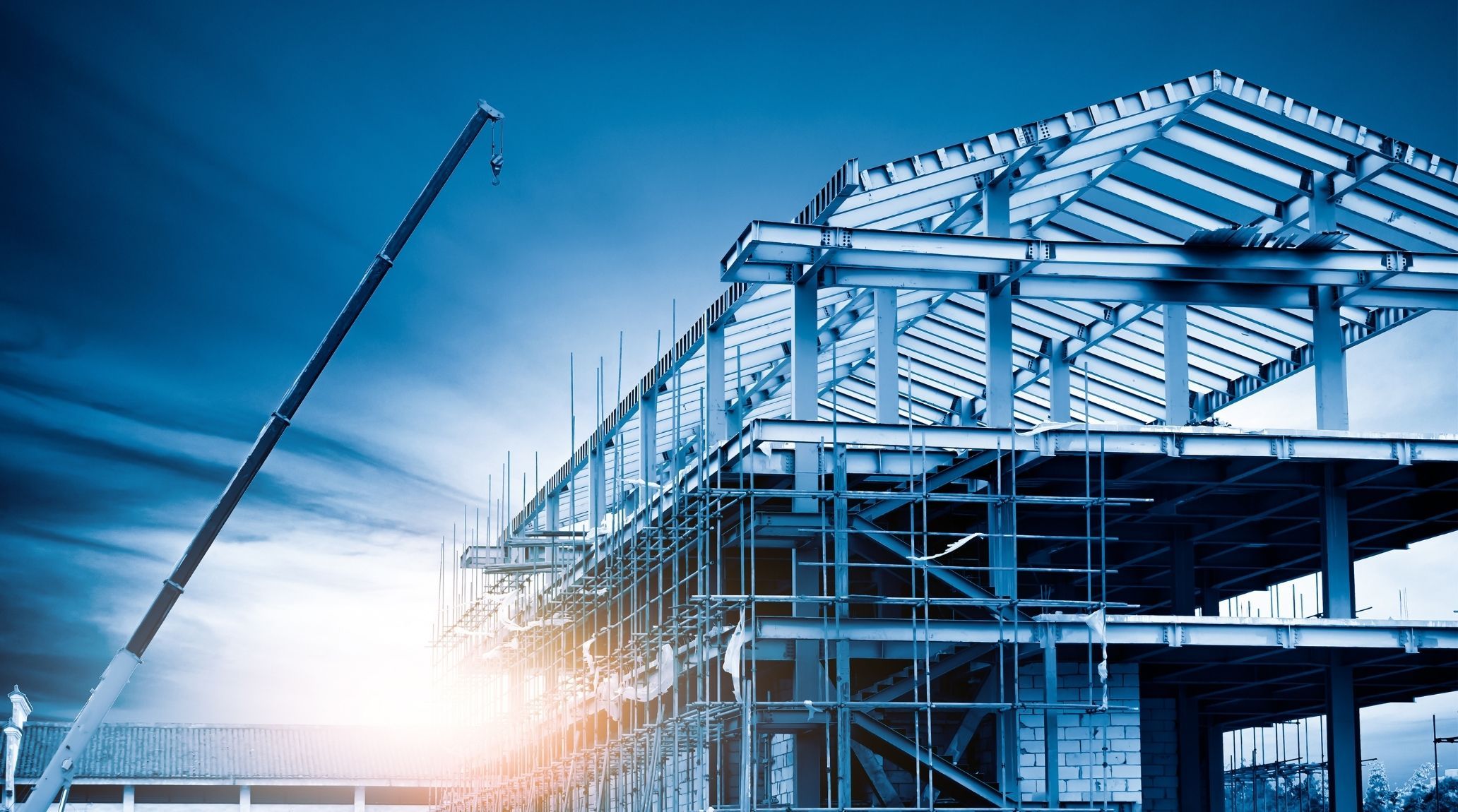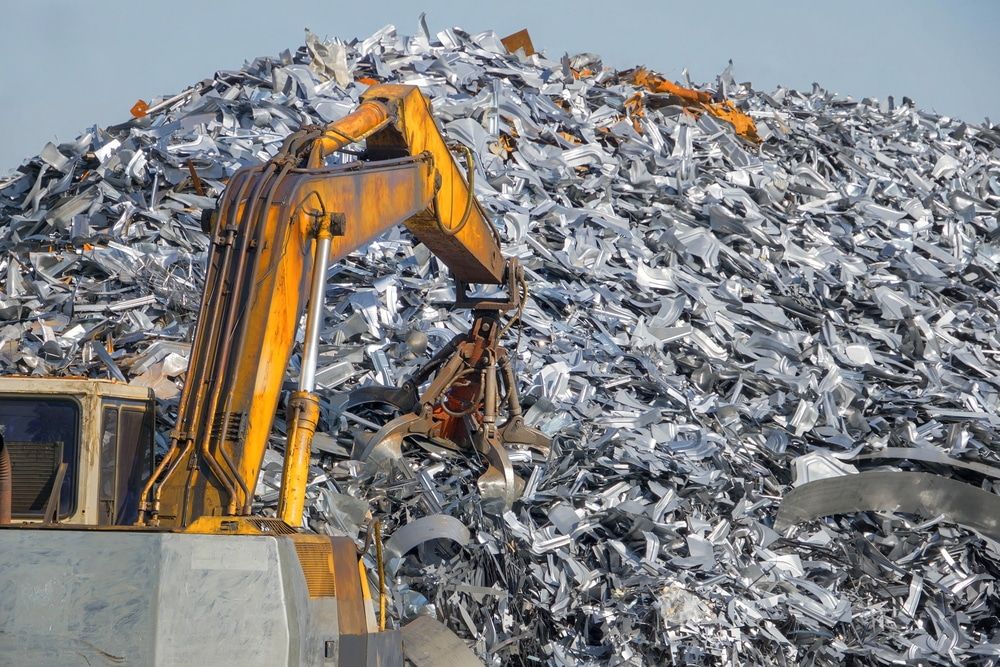
“
Steel is a cornerstone of modern construction, revolutionising the way we build and design structures. Its exceptional strength-to-weight ratio, durability, and versatility make it an ideal choice for architects and builders aiming to push the boundaries of design and efficiency. In this blog, we'll delve into the remarkable facts about steel building benefits, showcasing how it supports innovative architecture and contributes to sustainable and resilient building practices.1
1
”
When iron is combined with carbon, recycled steel and small amounts of other elements it becomes steel. Steel is an alloy of iron and carbon containing less than 2% carbon and 1% manganese and small amounts of silicon, phosphorus, sulphur and oxygen.1
China is currently the largest producer of steel in the world, accounting for approximately 54% of global steel production in 2023. Other major steel-producing countries include Japan, India, Russia, South Korea, and the United States. 2
A recent development in steel production is molten oxide electrolysis (MOE). Unlike traditional methods that rely on blast furnaces and coal, MOE uses electricity to process raw iron ore, releasing oxygen as its sole byproduct.3
Steel has been used for over 1,000 years, with the earliest steel product dating back 4,000 years. It has survived and thrived throughout history, making people’s lives better even in ancient times.4

Steel is the world’s most recycled material, with over 90% of its products being recycled at the end of their life cycle, making it a top choice for sustainable and environmentally-friendly building practices.
Steel’s flexibility and strength empower architects to create impressive structures with wide spans and polished surfaces. Whether it’s soaring skyscrapers or elegant bridges, steel adapts beautifully, offering endless design options while being environmentally conscious. 5
The Willis Tower, located in Chicago, Illinois, USA, stands at an impressive height of 442 meters (1,451 feet) and contains 108 stories. It’s a steel-framed office skyscraper, weighing a hefty 201,848 tonnes (222,500 tons). 6
Steel's durability makes it ideal for tough Australian climates. Tested for over 50 years, steel roofing and walling resist fire, termites, rot, and warping, offering robust, low-maintenance solutions for any building project. 7
The Palace of the Parliament in Bucharest, Romania holds the distinction of being the heaviest building in the world. Its impressive construction includes 700,000 tonnes (1.5 billion pounds) of steel and bronze, along with 1 million cubic meters (35.3 million cubic feet) of marble. 8
With the highest strength-to-weight ratio among building materials, steel stands as a top choice for buildings. Instead of thick stone walls, modern structures soar up to 300 meters high thanks to steel's incredible strength and lightweight. 9
Steel serves as an excellent material for food storage. When packaged in steel containers, food remains fresh, nutritious, and safe, thanks to its tamper-resistant properties. Steel is used to make tin cans. In fact, approximately 200 billion tin cans are produced each year. 10
With its remarkable tensile strength, steel can support enormous loads without stretching or deforming, making it a favored material for constructing bridges and high-rise buildings that need to bear significant weight. 11
Robots play a crucial role in steel manufacturing. They handle tasks like welding, cutting, and material handling. By automating repetitive processes, robots improve efficiency, precision, and safety in steel production facilities. 12
In steel production, 3D printing allows for intricate designs and customized components. Layer by layer, metal powder is fused using lasers or electron beams to create complex shapes. This method reduces material waste and enables rapid prototyping. 13

The Yuan-Dao Guanyin Temple in Taipei features the world's largest steel sculpture, standing 30.3 meters tall and weighing 285.48 tonnes. This impressive thousand-eye, thousand-hand Guanyin took over 20 years to complete, highlighting steel's monumental potential.
Steel structures benefit from prefabrication, which allows for faster assembly on-site, reducing construction time and labor costs while maintaining high standards of quality and precision. 14
Steel’s versatility extends beyond construction. In the automotive industry, it contributes to vehicle frames, engines, and safety features. As for the Home Insurance Building, its steel skeleton revolutionized architecture, enabling taller structures.15
The high strength-to-weight ratio of steel enables the use of thinner, lighter materials, leading to reduced overall construction costs while maintaining strong structural integrity.The sleek, modern look of steel can enhance the aesthetic appeal of buildings.16
Stainless steel, which contains chromium, is highly resistant to corrosion and staining, making it particularly suitable for use in harsh coastal and industrial environments where durability is essential. 17
One of the most unique steel structures in the world is The Steel House. Located in Lubbock, Texas, this dome-shaped building was constructed by renowned steel sculptor Robert Bruno using a whopping 110 tons of steel.18


